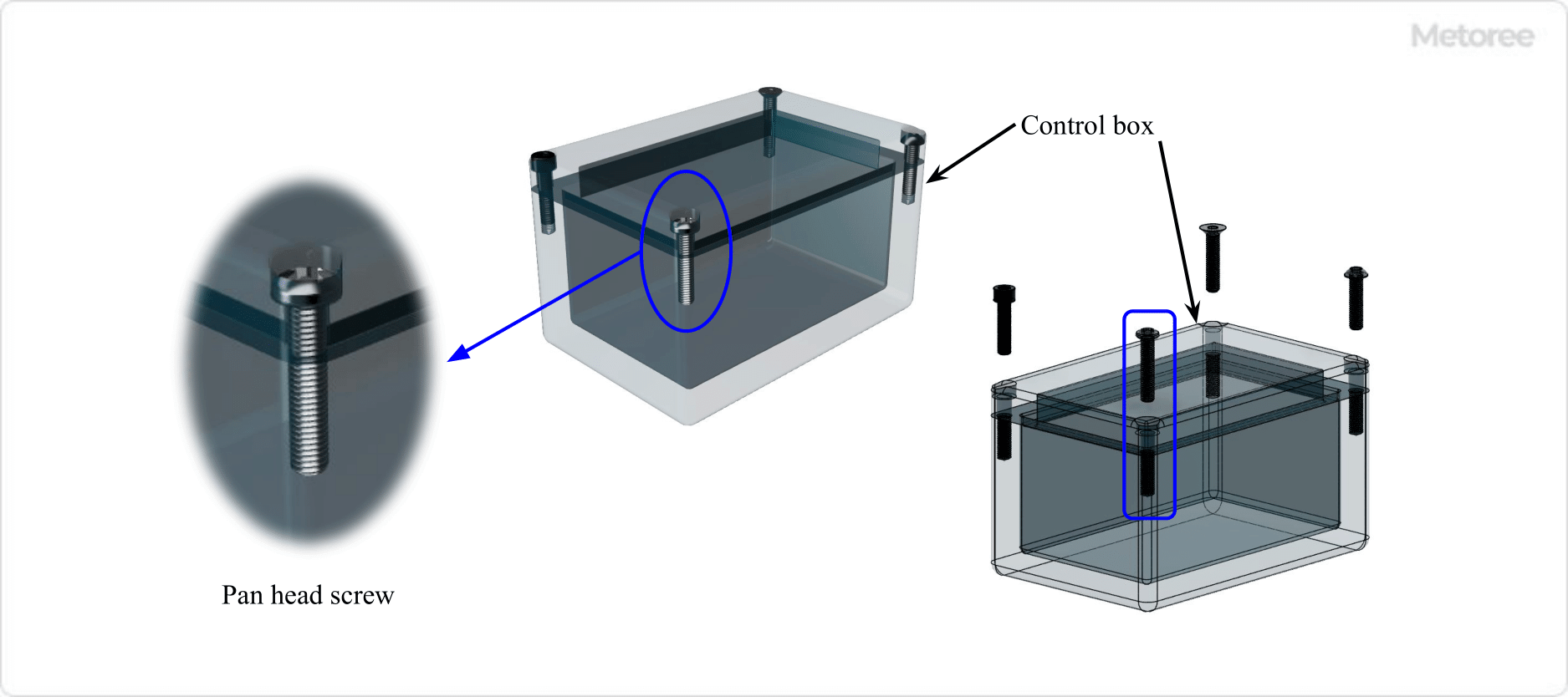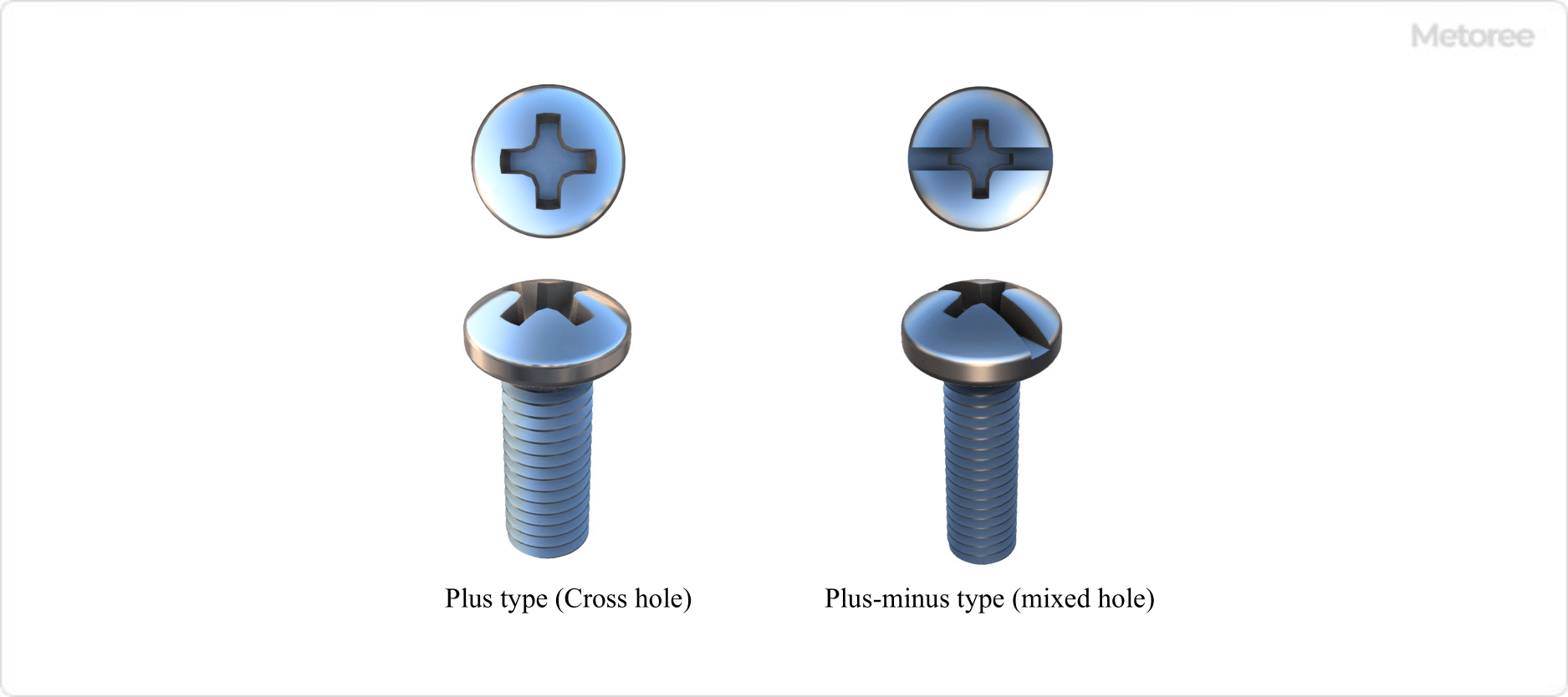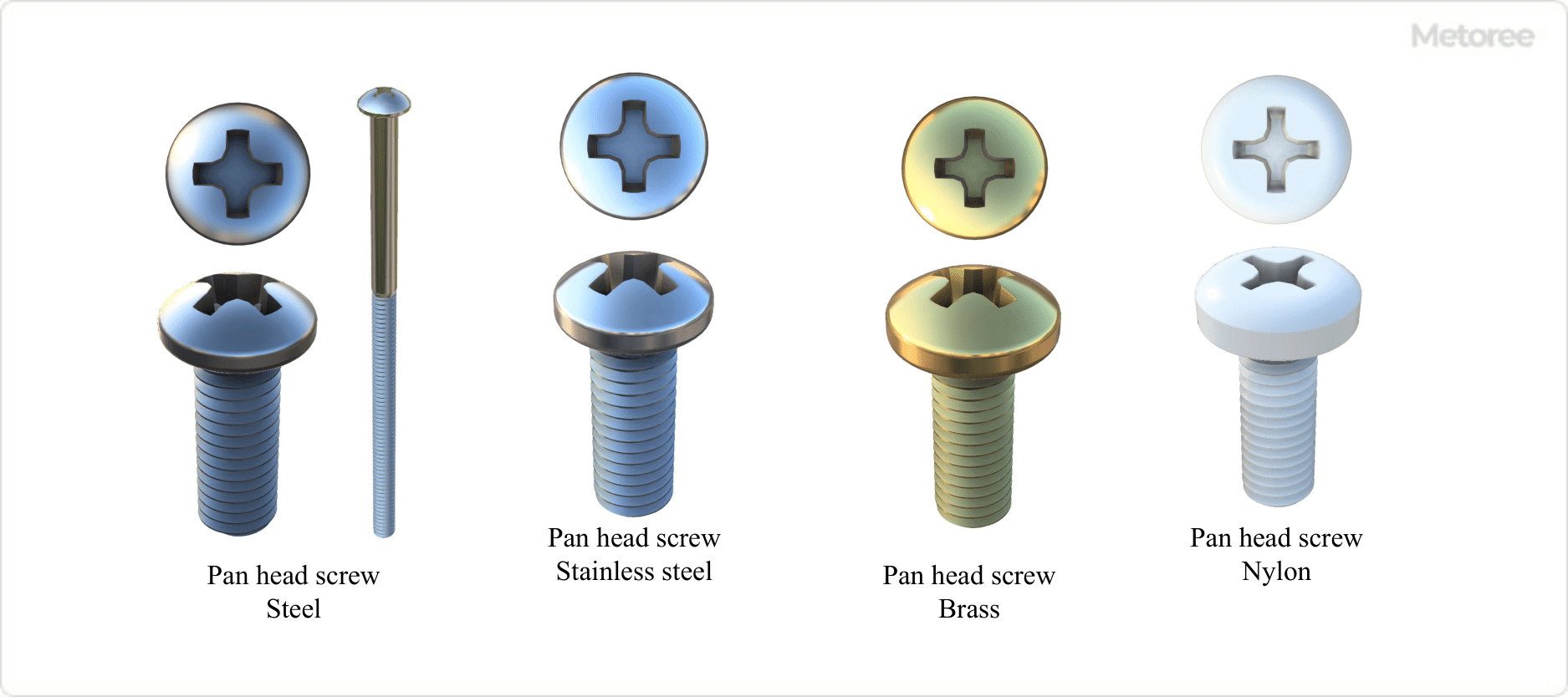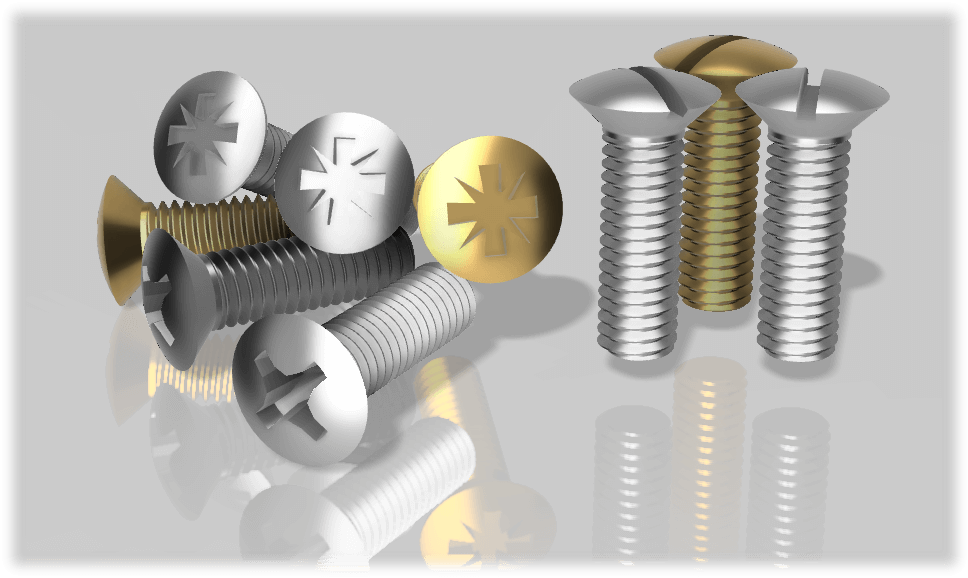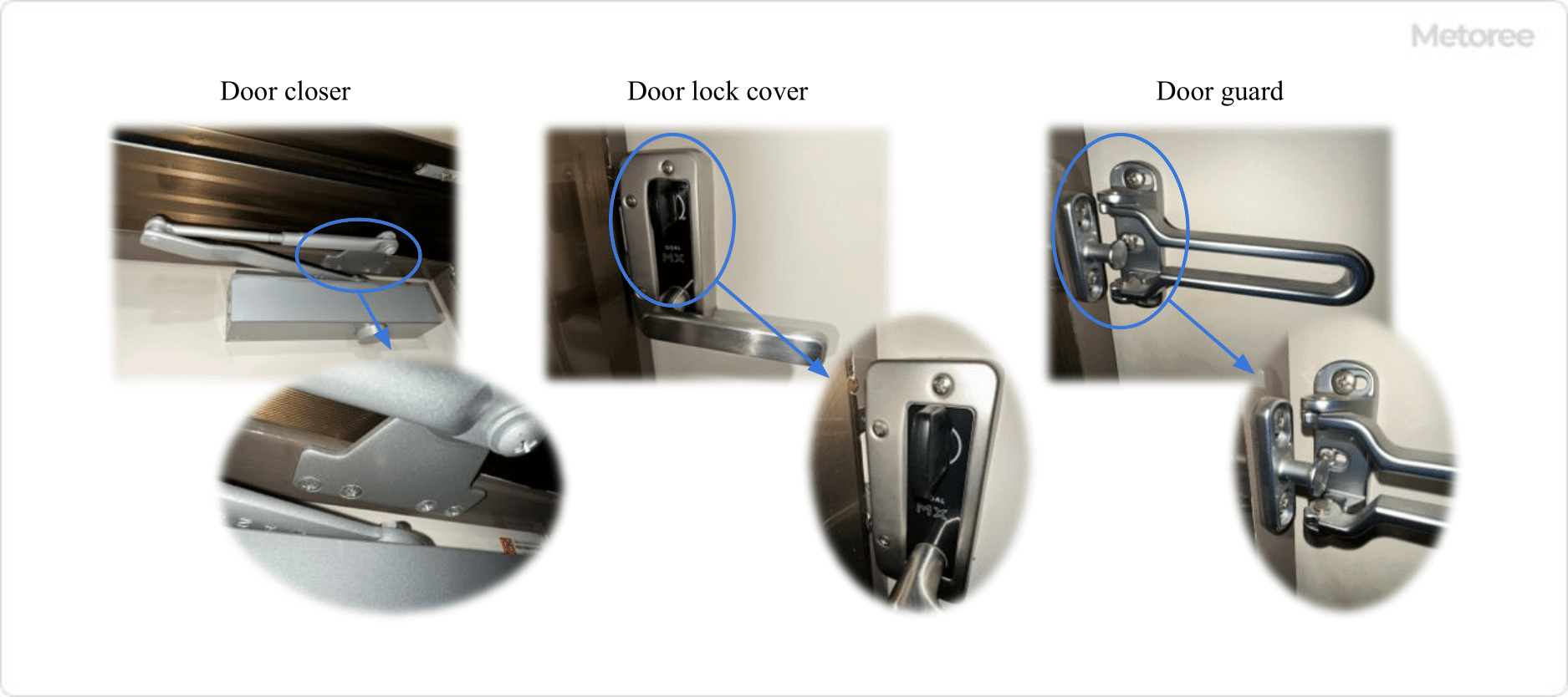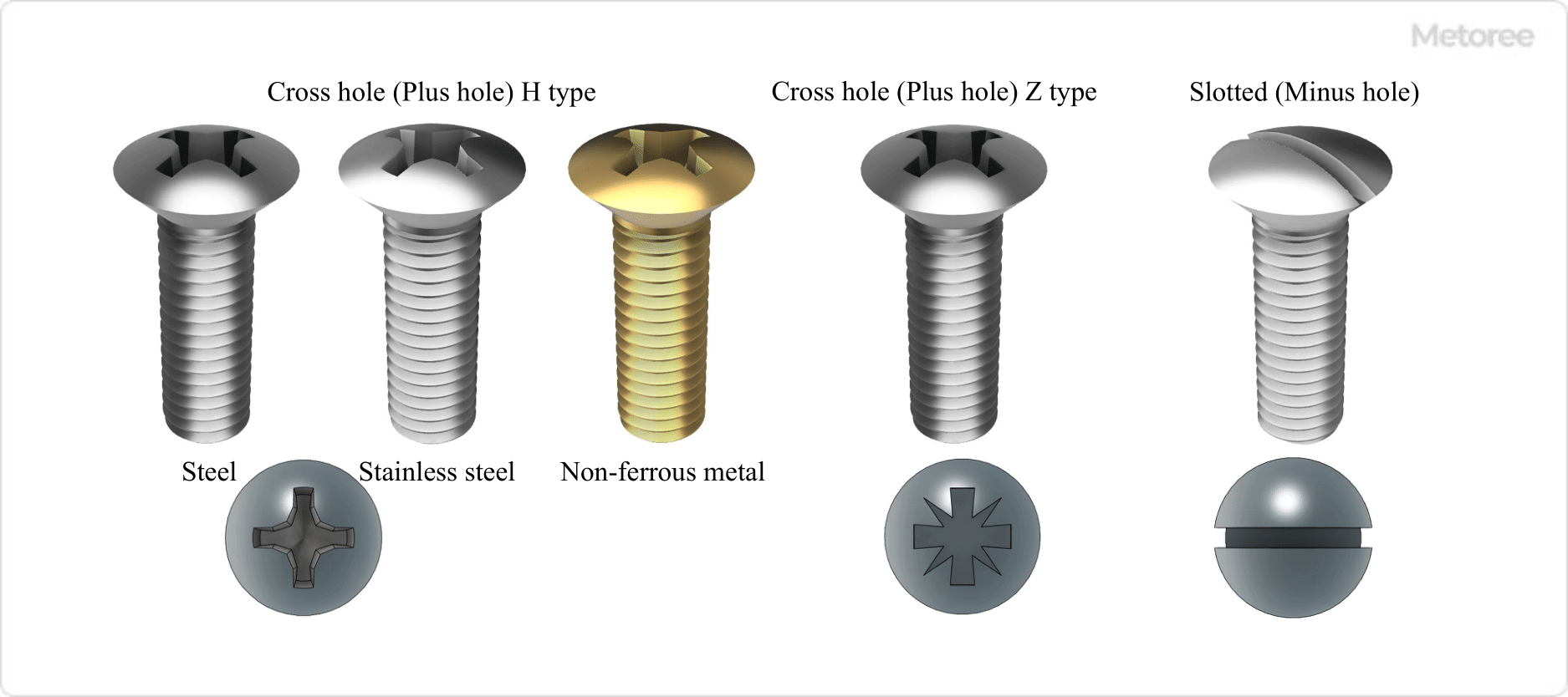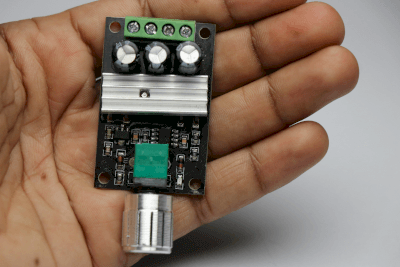What Is a Recessed Handle?
A recessed handle, commonly used in devices and fittings like machinery and doors, is a type of handle that is embedded into the side of a device or fixture, creating a sunken area for grip. These handles typically have a lower load-bearing capacity and are designed primarily for operating and carrying lighter objects.
Applications of Recessed Handles
Recessed handles are frequently installed on equipment and fixtures to aid in operation and transportation. They are characterized by their inset design, which doesn’t protrude from the surface, making them ideal for space-saving installations. They are used in various settings, including on doors, machinery, drawers, and storage solutions. Folding handles, which are stored within a recessed base and lifted for use, are also a popular type of recessed handle, particularly for wall and floor storage solutions.
Choosing the Right Recessed Handle
When selecting a recessed handle, factors such as material, size, shape, and additional features like locking mechanisms should be considered. The choice of material—ranging from metals like aluminum, steel, and stainless steel to plastics and resins—depends on aesthetic preference and load-bearing requirements. Plastic handles are often chosen for drawers and cupboards due to their low cost and ease of processing. In contrast, foldable handles, which can be extended from a recessed base, are more suitable for transporting heavier objects.
Recessed handles are also available with various functionalities, including locking mechanisms for drawer safety and antibacterial coatings for hygiene in communal environments.
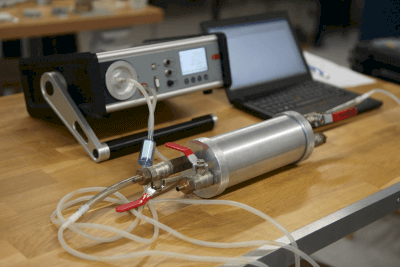 Specific Detector Tubes for Each Gas Type
Specific Detector Tubes for Each Gas Type Small pan head screws, including pan head machine screws and cross-recessed types, are named for their overturned pot-like head shape. These screws are typically used with female threads or nuts, featuring a flat threaded end.
Small pan head screws, including pan head machine screws and cross-recessed types, are named for their overturned pot-like head shape. These screws are typically used with female threads or nuts, featuring a flat threaded end.